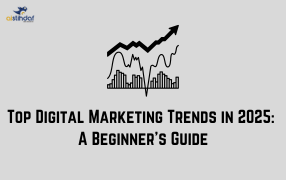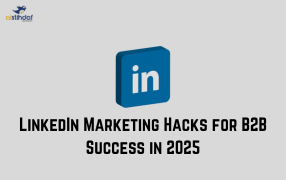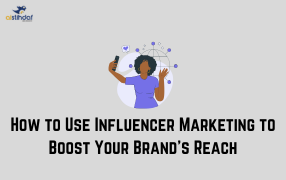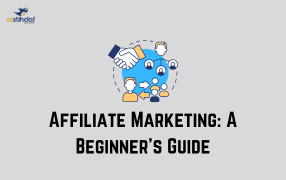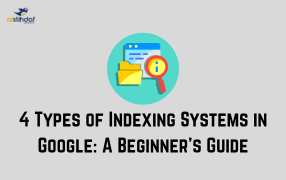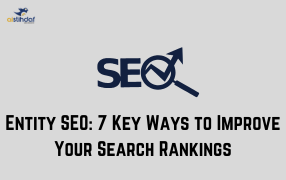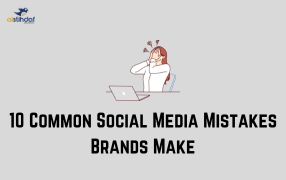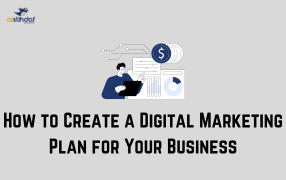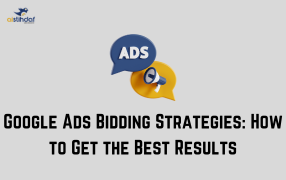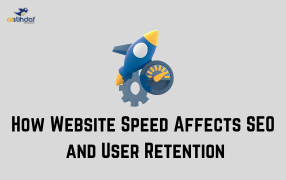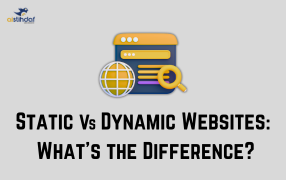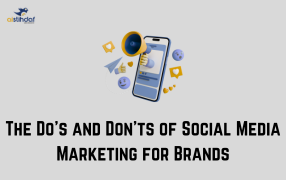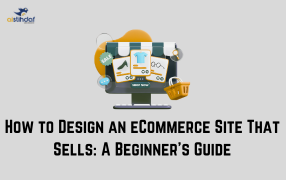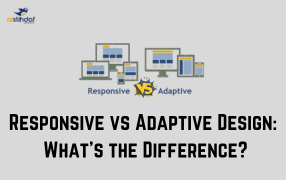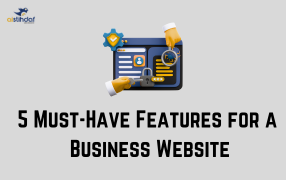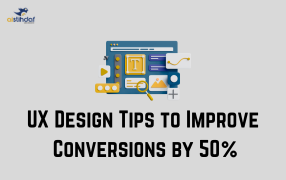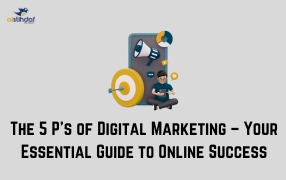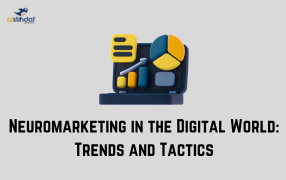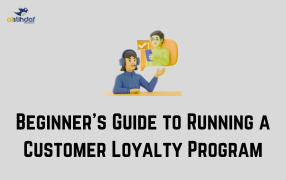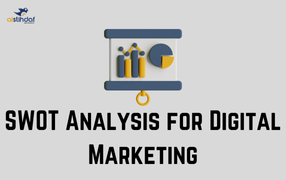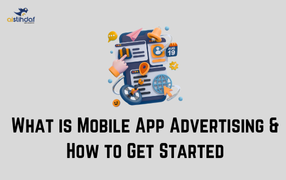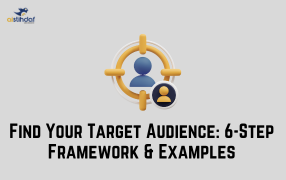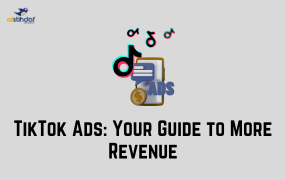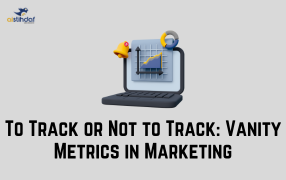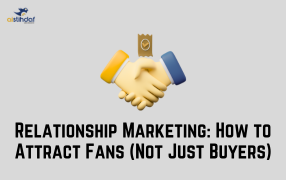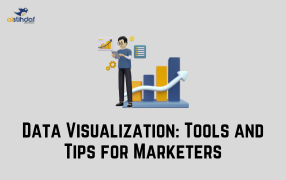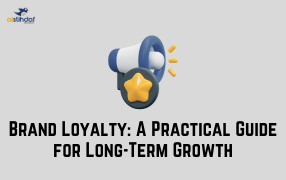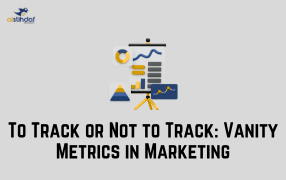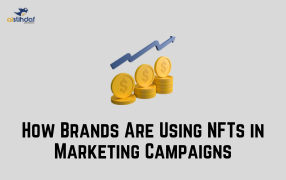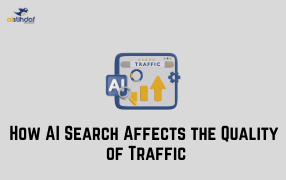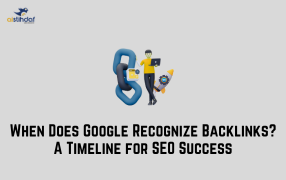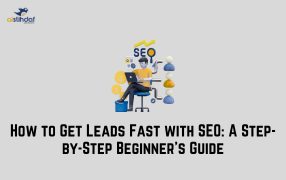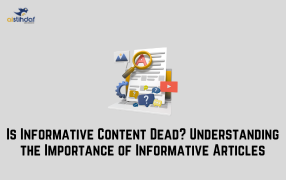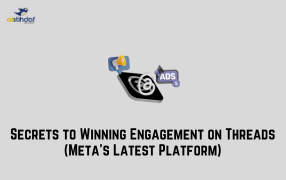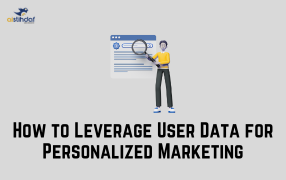
How to Leverage User Data for Personalized Marketing
In today’s digital world, customers expect more than just generic advertisements. They want personalized experiences that match their interests, needs, and preferences. This is where leveraging user data becomes a powerful tool in marketing. If you’re new to digital marketing, don’t worry — this guide will help you understand how businesses use data to create personalized campaigns that connect with customers on a deeper level.
What is User Data?
User data refers to the information collected about customers when they interact with websites, apps, or social media platforms. It includes details such as:
-
Demographics: Age, gender, location
-
Behavioral data: Browsing history, purchase habits, clicks
-
Interests: Pages liked, products searched, content viewed
-
Engagement data: Email opens, social media comments, ad interactions
Why Use User Data for Marketing?
By using this data, businesses can:
-
Understand their audience better – Know what customers like or dislike.
-
Deliver relevant offers – Share promotions that matter to specific users.
-
Build stronger relationships – Create a sense of trust by showing customers you understand them.
-
Improve ROI – Personalized marketing often leads to higher conversions and sales.
Simple Ways to Leverage User Data
1. Personalized Emails
Instead of sending the same email to everyone, segment your audience based on their behavior. For example, if someone abandoned their shopping cart, you can send a reminder email with a discount.
2. Targeted Social Media Ads
Platforms like Facebook and Instagram allow businesses to show ads to very specific audiences based on their interests, demographics, or past interactions.
3. Website Recommendations
Have you ever noticed online stores suggesting products “just for you”? This is data-driven personalization. By analyzing browsing or purchase history, websites recommend items that a customer is more likely to buy.
4. Content Personalization
Blogs, videos, and offers can be tailored for different audience groups. For example, a fitness brand may show weight-loss tips to one group and muscle-building tips to another.
5. Customer Feedback & Surveys
Collecting direct input through surveys helps businesses understand customer needs and personalize services accordingly.
Beginner Tips to Start with Personalized Marketing
-
Always collect data ethically and with user consent.
-
Start small — personalize emails or ads first.
-
Use free tools like Google Analytics, Mailchimp, or Facebook Ads Manager to analyze user behavior.
-
Continuously test and optimize campaigns to improve results.
Conclusion
Personalized marketing is no longer optional — it’s a necessity for businesses that want to stand out in the digital age. By leveraging user data, brands can build stronger connections with their audience, boost engagement, and drive more sales. If you’re a business looking to implement these strategies effectively, partnering with the best digital marketing agency in Dubai can help you achieve the right results.


